PAEDIATRIC Cataract Surgery
If the cataract(s) are felt to be visually significant, surgical intervention is the only option. The timing of surgery is critical for visual development. Most investigators recommend surgery within the first two months of life. There has been evidence to suggest that before one month of age, the risk of aphakic glaucoma is increased. In cases of bilateral cataracts, it may be advantageous to perform surgery on both eyes in the same intervention to allow for simultaneous initiation of visual rehabilitation as well as reducing exposure to general anesthesia. In this setting, treating each eye as a separate sterile procedure may reduce infection risk.
Removal of the lens can be approached through the limbus or the pars plana. The limbal approach has the advantage of maintaining the posterior capsule to facilitate posterior chamber intraocular lens (IOL) implantation if desired.
Several options exist to open the anterior capsule in pediatric cataracts. The ideal anterior capsulectomy technique is one that results in low incidence of radial tears and is easily performed. In cases of dense cataract, dye can be used to stain the anterior capsule, making this step easier and safer. A manual continuous curvilinear capsulorhexis (CCC), which is the preferred method in adult eyes, can be difficult in pediatric cases due to the elasticity of the pediatric capsule. However, when it can be controlled and completed, it creates an edge, which has a low incidence of radial tears. A 23 G vitreous end gripping forceps using push pull technique is very effective.
A mechanized circular anterior capsulectomy, known as vitrectorhexis has been proven to be a very good, safe alternative if the CCC is not possible. The vitrector tip is placed through a stab incision at the limbus and irrigation is provided though a sleeve around the vitrector or though a separate limbal incision. The vitrector port is oriented posteriorly, and held in the center of the capsule to create an initial opening. The opening is enlarged in a circular fashion, holding the cutter just anterior to the capsule to aspirate the capsule up into the cutter. A smooth, round capsulectomy that is also resistant to radial tears can be produced.
Pediatric cataracts are soft and therefore phacoemusification is generally not needed. The lens cortex and nucleus can be removed with an irrigation-aspiration or vitrector hand piece.
To reduce the risk of posterior capsule opacification most surgeons perform a posterior capsulorhexis at the time of surgery. The lens capsule can be filled with viscoelastic and a posterior continuous capsulorhexis made slightly smaller than the anterior one. If an IOL is to be implanted, it can be placed in the capsular bag at this time and some advocate the technique of optic capture where the optic is pressed through the posterior capsulorhexis and the haptics remain in the bag.
It is controversial whether an anterior vitrectomy should be performed at the primary surgery. It can be performed either through the limbal incisions, after making the posterior capsulotomy with the vitrector hand piece, or through the pars plana. The anterior vitreous is removed and the lens epithelial cells therefore cannot grow in the vitreous face.
IOL implantation in children is felt to be safe and acceptable in children as young as one year. In those younger than one year, the decision is more controversial and research is ongoing. The Infant Aphakia Study is investigating this and early results show good visual outcome.
The refractive goal of surgery is also controversial. Most surgeons will chose to make the child hyperopic but there is currently no agreed upon standard. These children will need bifocal glasses for the rest of their lives.
A pars plana approach can be used when no IOL implantation is intended. An attempt is made to remove the whole cataract and the adjacent vitreous with a vitreous cutter.
Care should be taken to remove the viscoelastic entirely to prevent elevated intraocular pressure following surgery and the anterior chamber should be checked carefully for vitreous. The sclera in children is soft and elastic and it is difficult to achieve a self-sealing incision, thus the incision should be closed using 10-0 nylon or Vicryl suture.


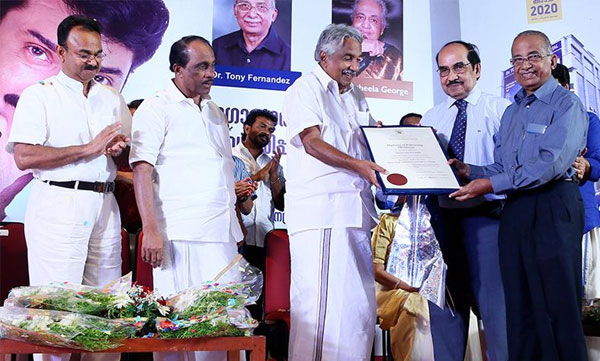
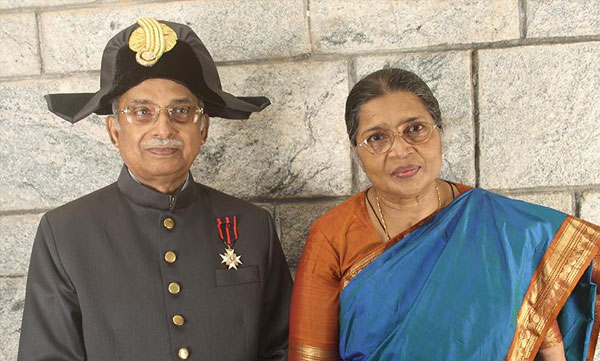
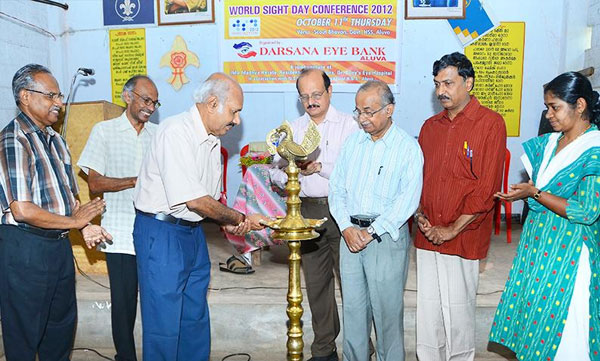


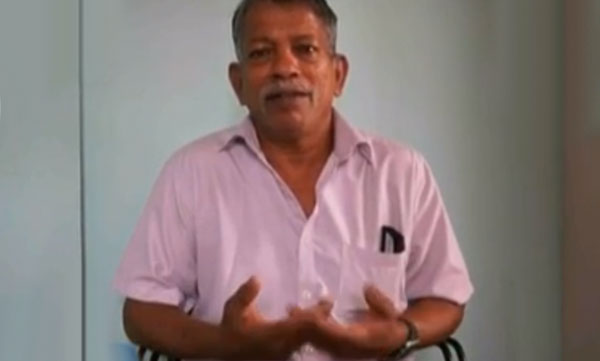

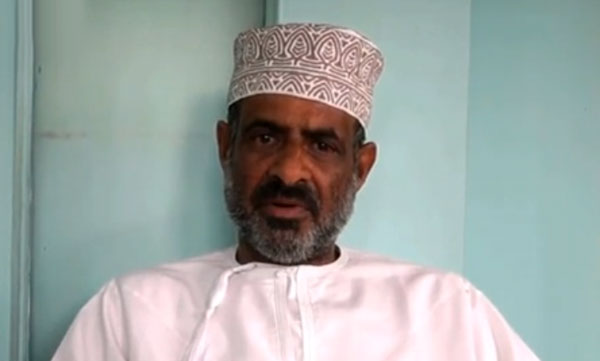
 I am Nimitha, before Lasik, I am very difficult to see and difficult to handle contact lens and specs. After the lasik treatment I am very relaxed.
I am Nimitha, before Lasik, I am very difficult to see and difficult to handle contact lens and specs. After the lasik treatment I am very relaxed. 